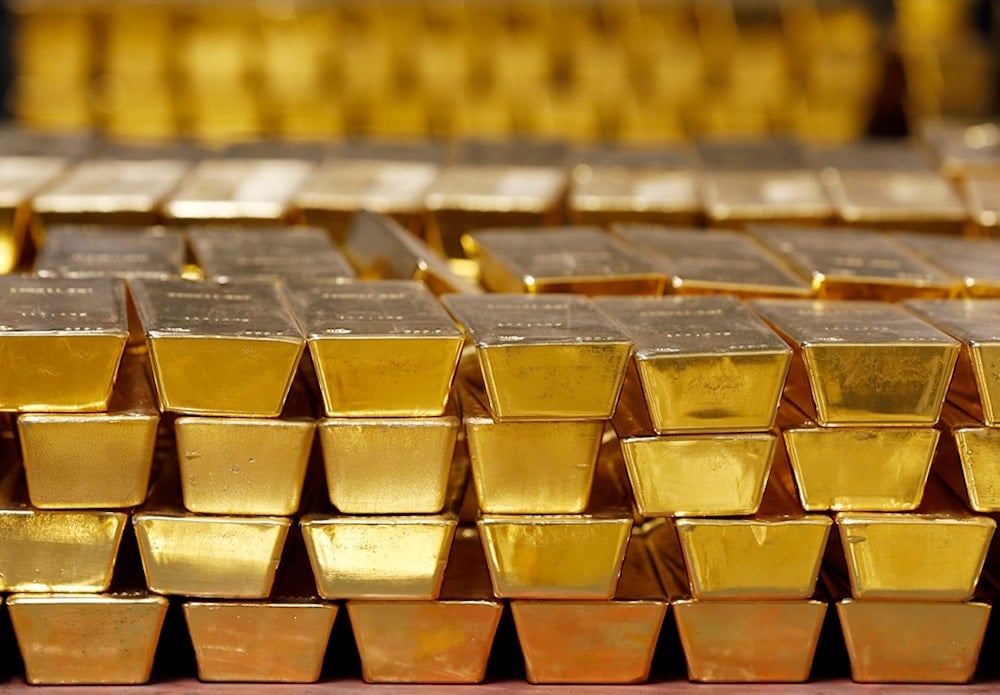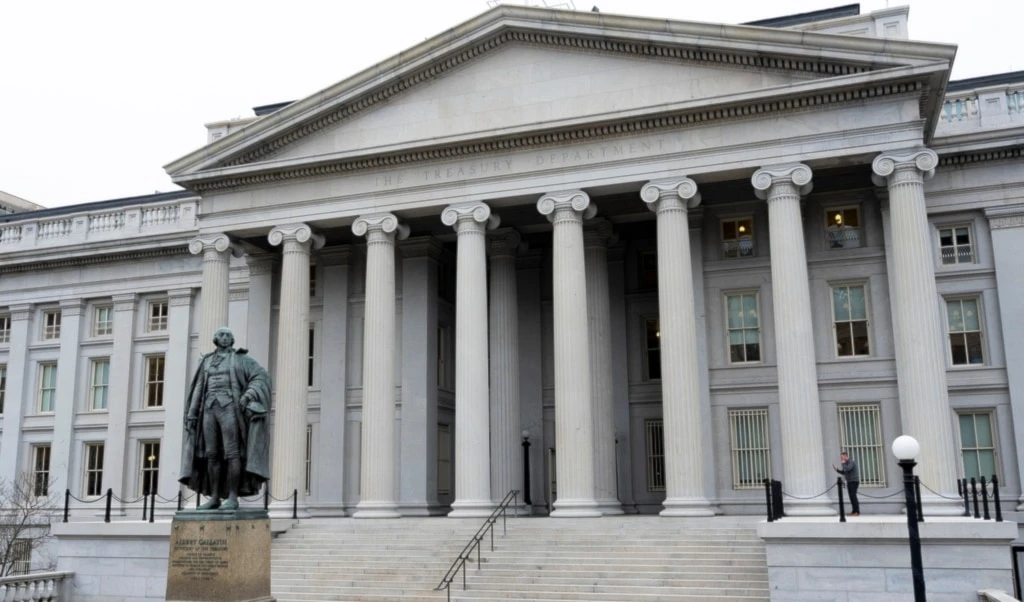Gold nears $3,700 as Fed rate cut bets drive rally
Gold prices are approaching $3,700 an ounce as record highs driven by Fed rate cut expectations, central bank purchases, and ETF inflows fuel investor demand while signaling economic uncertainty.
-

FILE - In this Tuesday, July 22, 2014, file photo, gold bars are stacked in a vault at the United States Mint, in West Point, N.Y. (AP Photo/Mike Groll, File)
Gold prices soared to fresh all-time highs on Monday, cdelosing in on targets that Wall Street analysts had only recently forecast for the months ahead.
Spot bullion climbed to $3,646.43 an ounce, leaving it less than $55 shy of the $3,700 mark projected by Goldman Sachs and UBS.
Futures for December delivery on New York's Comex reached $3,685.42, just $15 short of the same milestone.
Goldman and UBS argued on September 3 that a mix of sustained central bank purchases and increased inflows into gold-backed exchange-traded funds could drive bullion to $3,700 within months. The latest surge has brought those projections within reach in a matter of days.
Analysts warn that even if the market dips, downside risks appear limited, with buyers likely stepping in around $3,600.
"Corrective declines should now find buyers around $3,600 for the bullish trend to remain alive," said chartist Valeria Bednarik in comments to FXStreet.
Gold rally accelerates
The rally has been powered primarily by expectations that the US Federal Reserve will cut interest rates at its September 17 meeting. Markets are pricing at least a 50-basis-point reduction after the Fed kept its benchmark range steady at 4.25-4.5% since December.
Lower yields reduce the opportunity cost of holding non-interest-bearing assets like gold, giving bullion a decisive edge.
Other forces have reinforced the upswing. The People's Bank of China has continued to add to its gold reserves for ten straight months, part of a broader trend of official-sector buying that has underpinned global demand.
At the same time, fresh capital is flowing into gold ETFs after years of outflows, while geopolitical uncertainty and a weaker dollar have encouraged investors to treat the metal as a safe-haven hedge.
Economists warn that the surge carries mixed implications for the US economy. On one hand, it reflects investor anticipation of looser financial conditions that could support growth and credit markets.
On the other, a relentless climb in gold indicates concerns about slowing economic momentum, potential dollar weakness, and long-term inflation expectations that could complicate the Fed's policy path.
Read more: NY Fed survey shows weakest US labor market in more than a decade

 3 Min Read
3 Min Read










